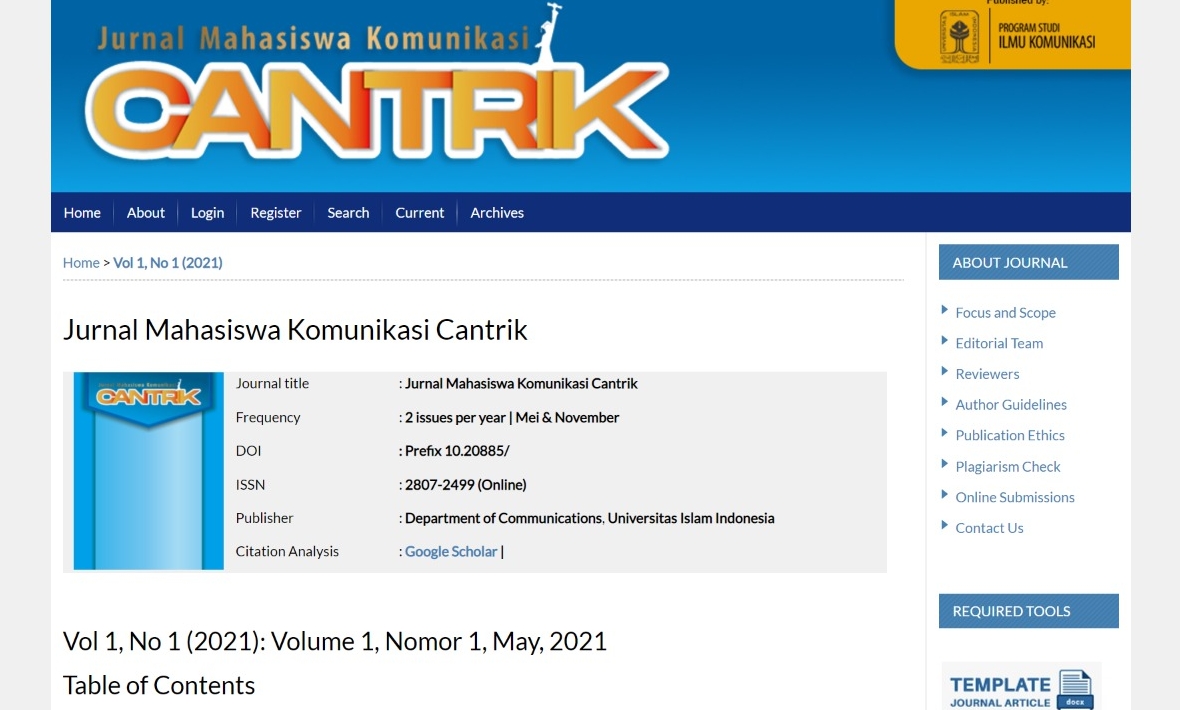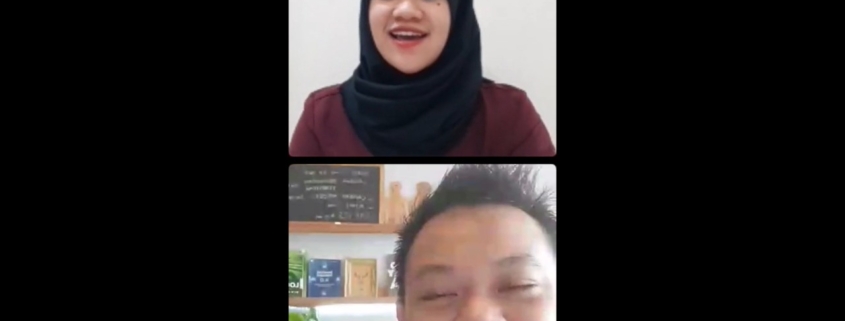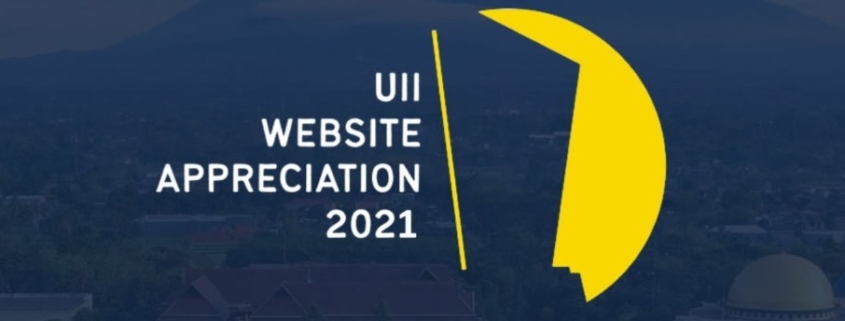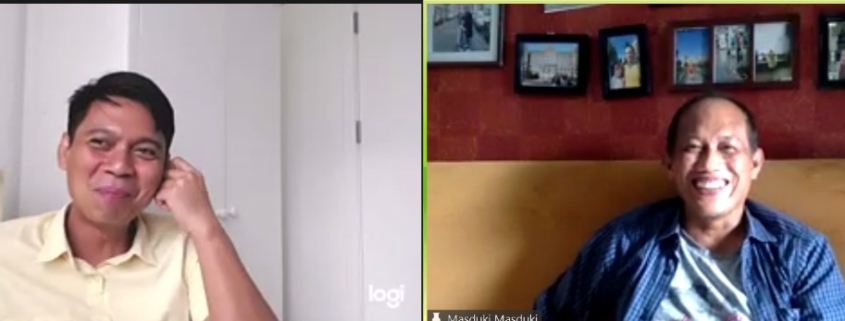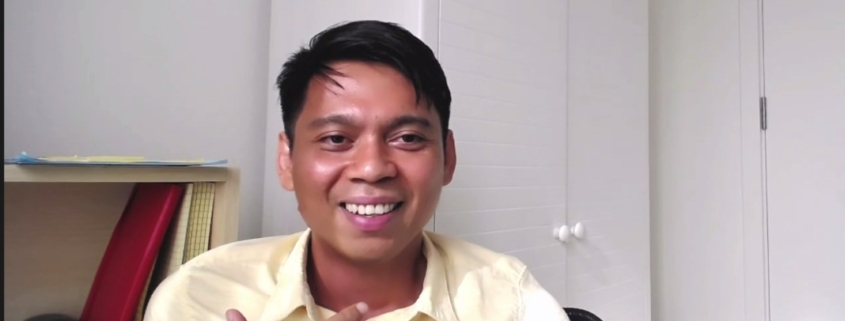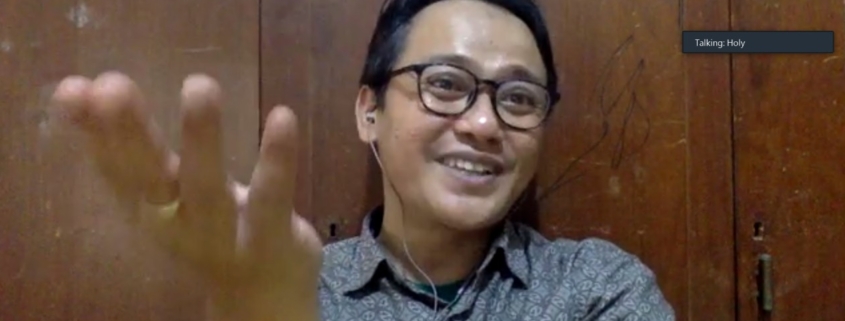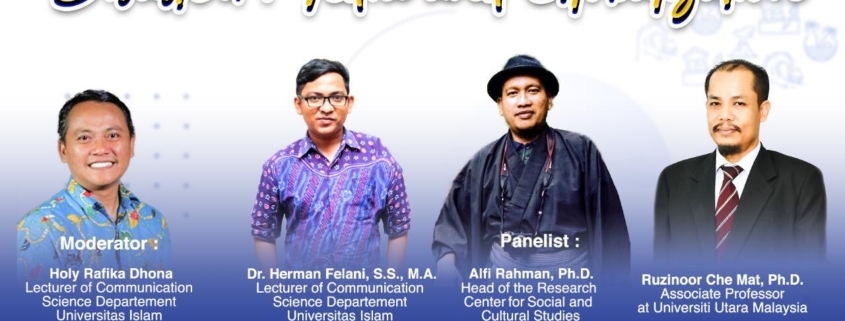If we go to the library, we can see thousands of thesis works lined up. At best, the work is only opened by students who want to refer to or find inspiration for their following thesis. Many jobs are not even touched. It’s a shame. A few of the research results are promising and deserve publication in journals, but only displayed almost untouched.
The Cantrik Journal is presented to accommodate quality student research, has exciting themes, reports on issues and methods, has well-written public interest content, and a good perspective. Anggi Arifudin Setiadi, Managing Editor of the CANTRIK Communication Student Journal, cum lecturer in Communication Studies at the Islamic University of Indonesia (UII), introduced Cantrik Journal in a casual chat together at the Teatime event, UII International Program of Communication, on 29 October 2021. accreditation. With students having publications in journals, this is proof that UII communication students have a tradition of academic scientific writing.
Journal Cantrik was first published in May 2021. By publishing five manuscripts. Regarding the publication theme, the latest Cantrik journal focuses on social media. But in the future, it could be with various pieces as long as it still intersects with the themes of communication and media.
Selection process
How do you publish your work on Cantrik? First, open registration at the Cantrik Journal page here. Then follow the process of submitting the manuscript by first adjusting your manuscript to the template and environment of Cantrik Journal. “Upload the manuscript according to the template provided. We will review the manuscript, and there will be an editing process by the journal team,” explained Anggi as managing editor of Cantrik Journal when interviewed by Lana, host of Instagram Live IP.communication.uii.
The process is approximately five months. Students must always check their e-mails and accounts on the web because any revisions and review notes will be sent via e-mail. During these five months, students and Journal administrators will continue to communicate. During these five months, writers will be informed and guided to fulfill the following: Submit manuscript, checked by the editor and sent to the reviewer, circumcision checking, substance check, similarity check (plagiarism check), and citation update check.
